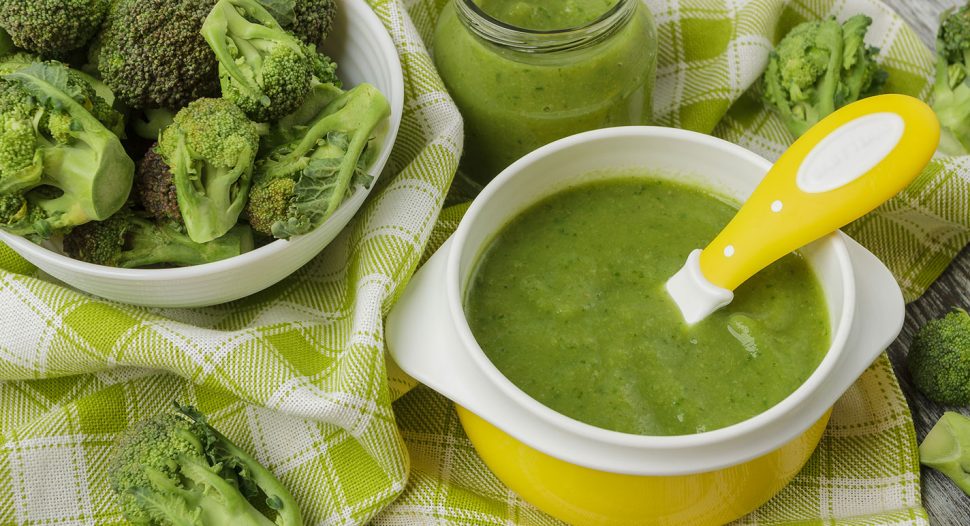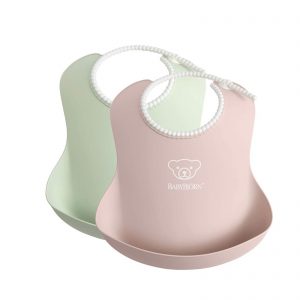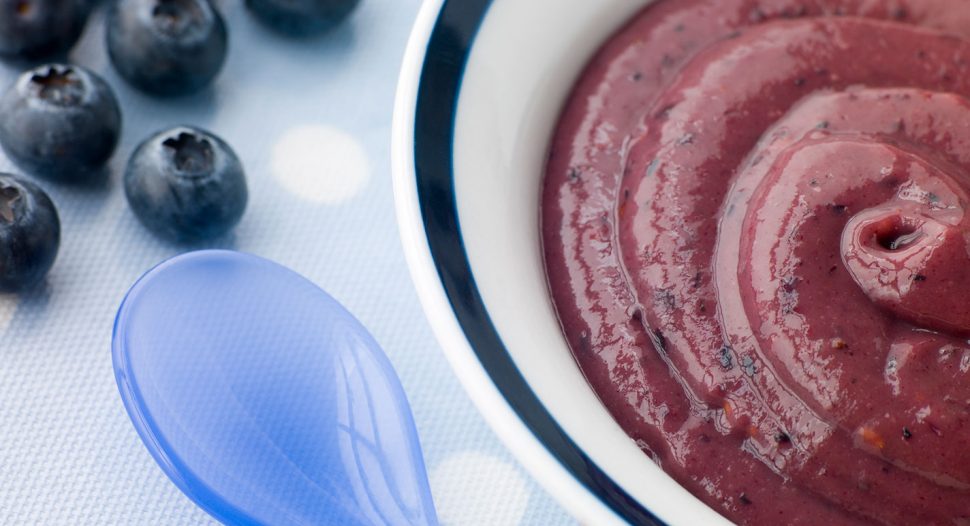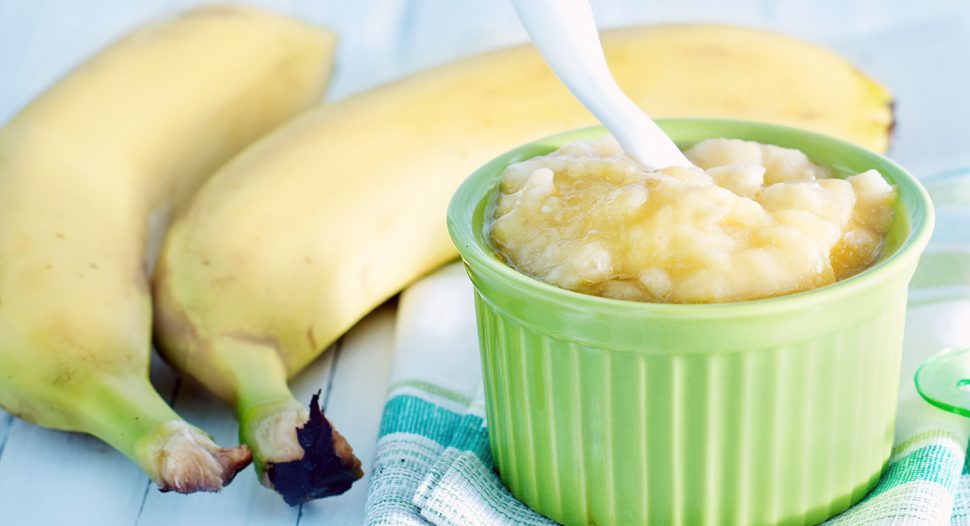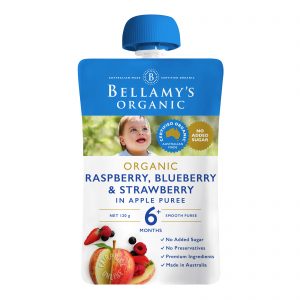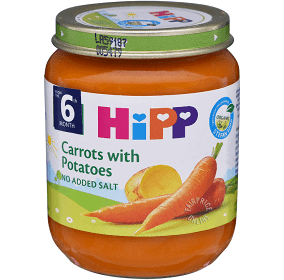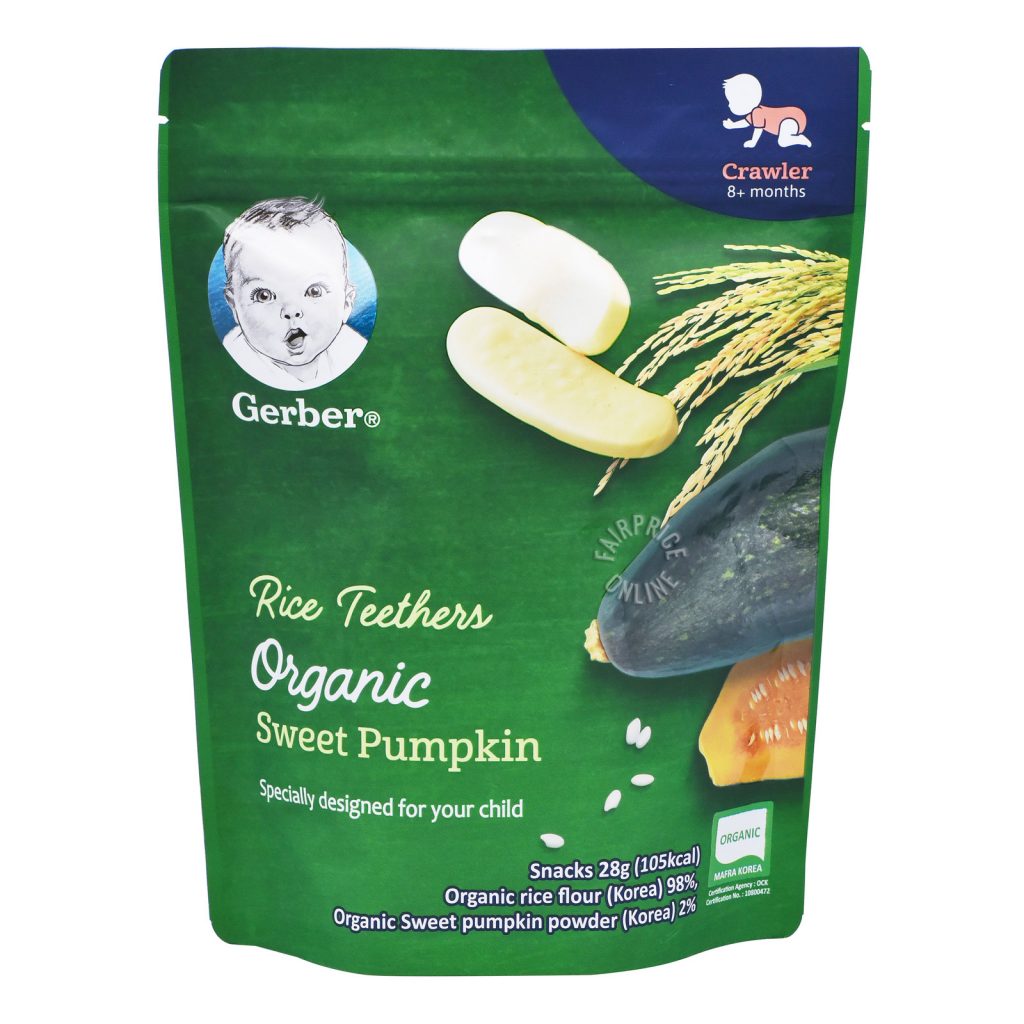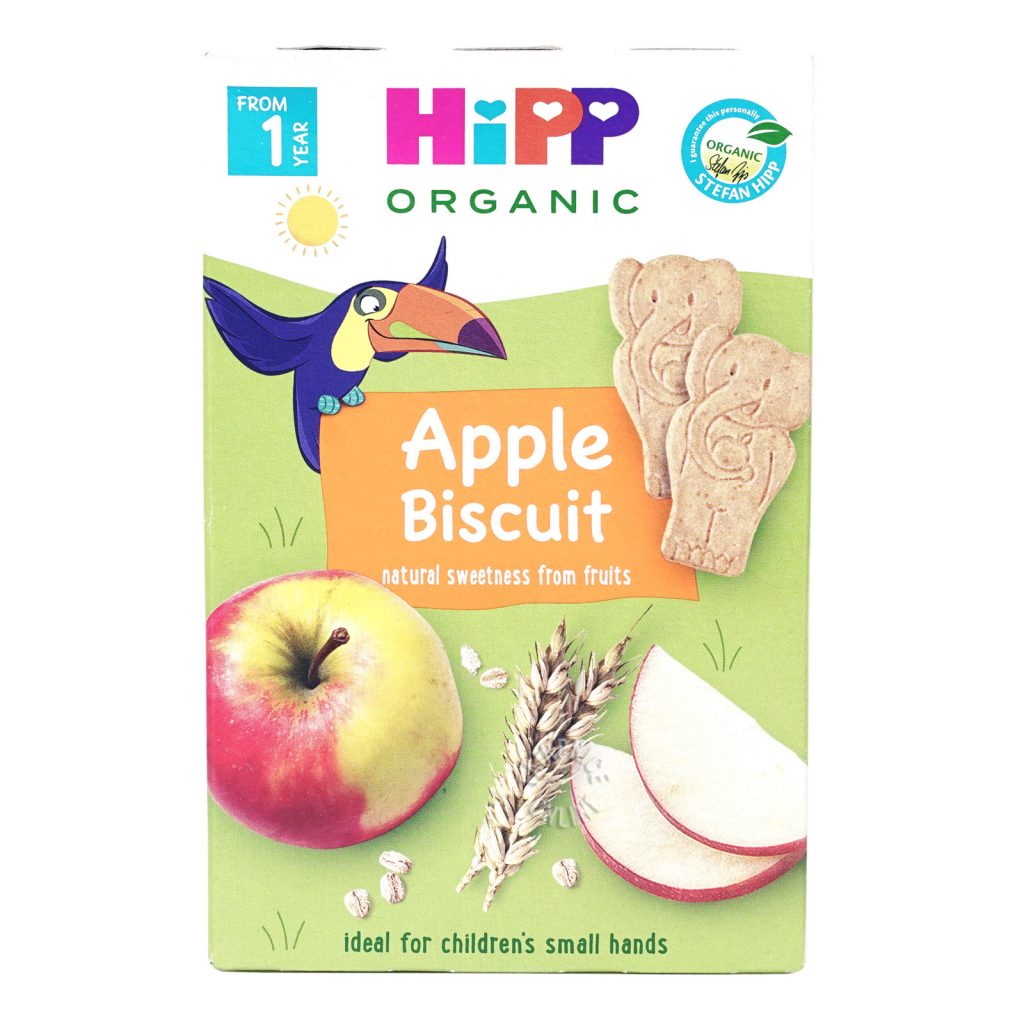After the first six months of a child’s life, some parents may be wondering, “When should I introduce solid food to my child?”
Weaning is the process of switching a child from a milk-only diet to one that includes solid food¹. A fully weaned child is an exciting milestone, but timelines will differ based on their temperament and reaction².
Transition easily with these 4 tips for introducing your child to solid food*!
Note: *The information presented is not intended to replace medical advice. Please consult your pediatrician or family physician to address any concerns you may have for your child.

Is my child ready for solid food?
While parents are recommended to introduce solid food to their child after six months, other signs of developmental readiness³ include:
- Controlling their head and neck well with the ability to sit upright when supported
- Showing sustained interest in food, as well as what others may be eating
- Reaching for food
- Opening their mouth when food is offered.
1. Start slow, simple and soft
If your child displays any of these signs at 4 to 6 months, they are experiencing the new sensations of eating. Start the transition slow, then keep all the foods offered simple and soft!
Slow: Space out solid food feedings — once every three to five days is ideal. This slow process can also help you to identify and quickly eliminate any potential allergens⁴.
Simple: From avocados to sweet potatoes, offer single ingredients in the form of a mash or puree⁵. This will ensure that your child’s senses aren’t overwhelmed quickly and make feedings more pleasant for everyone.
Soft: Lightly steam to easily mash harder fruits and vegetables such as sweet potato. Sweet potatoes are rich in vitamins and minerals such as magnesium and calcium⁶. Soft avocados are also great as they are rich in monounsaturated fats that can support child’s digestion and brain development⁷!
Note: If your child is below six months, thin out the mash or puree with some milk.
Get started with these recipes:
2. Bib up for an easier clean-up!
This is especially important with “baby-led weaning”, a process where you’re not the one feeding your child, but they feed themselves. Instead, the child is served whole solid foods — think cubed avocados and lightly steamed vegetables such as asparagus. They are empowered to lead the weaning process as they touch and taste these foods at their own pace with little to no help⁸.
Whichever method of weaning you choose, mealtimes will be a lot messier during this transition! Find a waterproof bib with a soft neckband and adjustable fastener so your child is comfortable throughout a meal.
3. Sweeten with fruits
You may gradually (and naturally!) sweeten your child’s palate with fruits when they reach 6 months of age. Offering more vegetables than fruits in your child’s first couple of months primes their taste buds for more savoury flavours throughout life⁹.
All fruits are recommended; however, fruits are still higher in simple sugars than vegetables, so do take extra care to feed them in moderation.
Go with food pouches occasionally when time isn’t on your side. They should not replace fresh fruit purees but are a convenient option for on-the-go nourishment.
There’s a wide variety of naturally sweet and savoury options for you to choose from:
4. Soothe teething with biscuits
Your child’s first teeth can come in anytime between their first 4 to 12 months¹⁰. While seeing their pearly whites grow as they learn how to eat is another exciting milestone, it can be an uncomfortable time for your child.
Soothe teething at this stage with a rusk or biscuit! It can help to ease the discomfort and irritability, some of the many associated symptoms as their teeth grow in¹¹. They are specially designed to meet your child’s nutritional needs during this time and perfect for small hands, too!
These tips will ensure that your child is well-prepared for solid food at 12 months and beyond. Explore more products here that’ll help you in your parenting journey, too.
A solid plan, indeed!
***
References:
¹ HealthHub 2019, Getting ready for solids, viewed 13 June 2021
² Caccavo Kear, N 2021, Weaning from breastfeeding: how to do it at every age, Parents, viewed 13 June 2021
³ Ministry of Social and Family Development 2018, Introducing solids, Baby Bonus, viewed 13 June 2021
⁴ Ong, D 2021, Food allergies in babies & kids: symptoms, treatment & more, Kids Clinic, viewed 15 June 2021
⁵ Pepper, L 1997-2021, How and when can I introduce foods with more than one ingredient?, BabyCenter, viewed 16 June 2021
⁶ Unantenne, N 2021, Baby food 101: the basics all mums and dads should know!, theAsianparent, viewed 16 June 2021
⁷ Comerford, K. B., Ayoob, K. T., Murray, R. D., & Atkinson, S. A. 2016 The role of avocados in complementary and transitional feeding, Nutrients, 8(5). DOI: 10.3390/nu8050316, viewed 16 June 2021
⁸ Wan, J 2019, A mum’s guide to successful baby-led weaning (BLW), Singapore Motherhood, viewed 16 June 2021
⁹ The Tasty Rainbow 2020, The best weaning start. Why you should introduce vegetables first., Ludovica Ibba, viewed 17 June 2021
¹⁰ HealthHub 2021, Tiding over teething, Ministry of Health Singapore, viewed 16 June 2021
¹¹ Mahuron, S 2017, When can you give an infant a teething biscuit?, Hello Motherhood, viewed 20 June 2021


